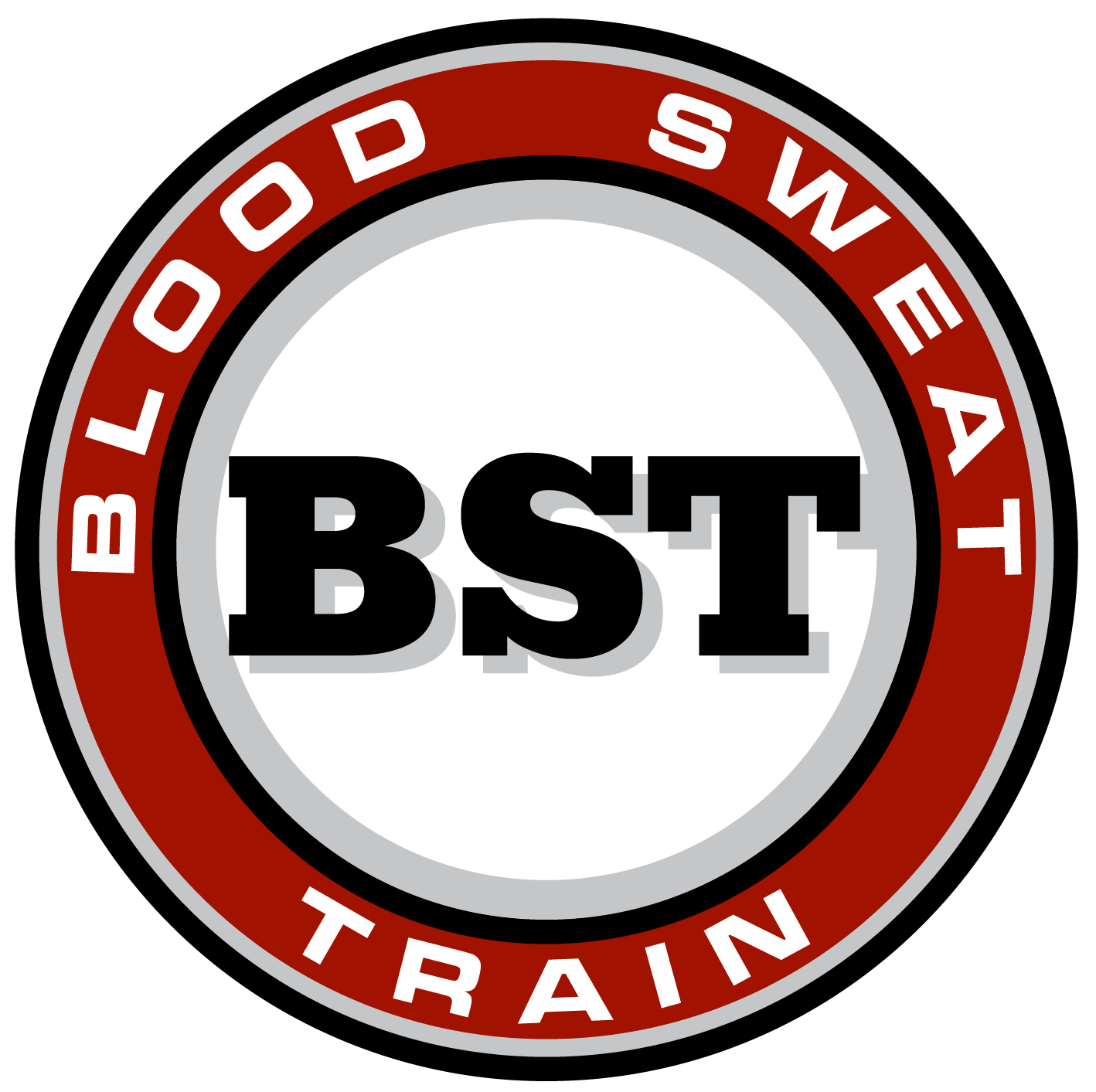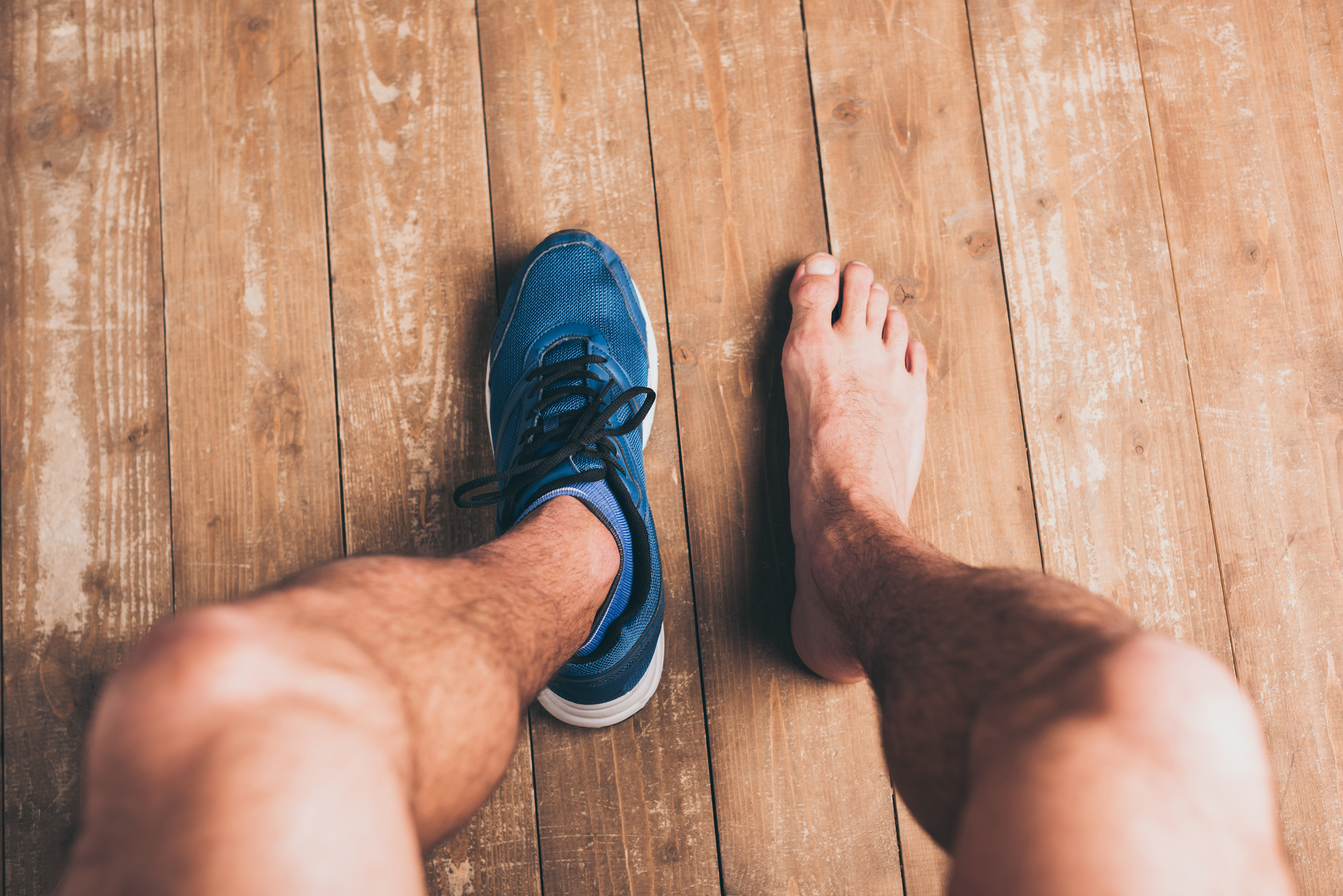The Shoe Fits…
The Shoe Fits… But is it Right for my Workout?
“Does it really matter what kind of shoes I wear?” is a question that’s becoming more popular every day.
What’s also become increasingly popular is the use of barefoot shoes. But why wear barefoot shoes? What are their benefits? Do shoes even matter that much?
We have over 20 muscles in each foot and just like the rest of the body those muscles need to do their job so our body can function optimally. Some types of footwear are designed in a way that limits those muscles from doing their jobs, the most common example for this being athletic shoes that have the toe spring pointed up. This causes the entire musculature on the bottom of the foot to not work properly, which can cause a ton of problems in your workouts, and everyday life.
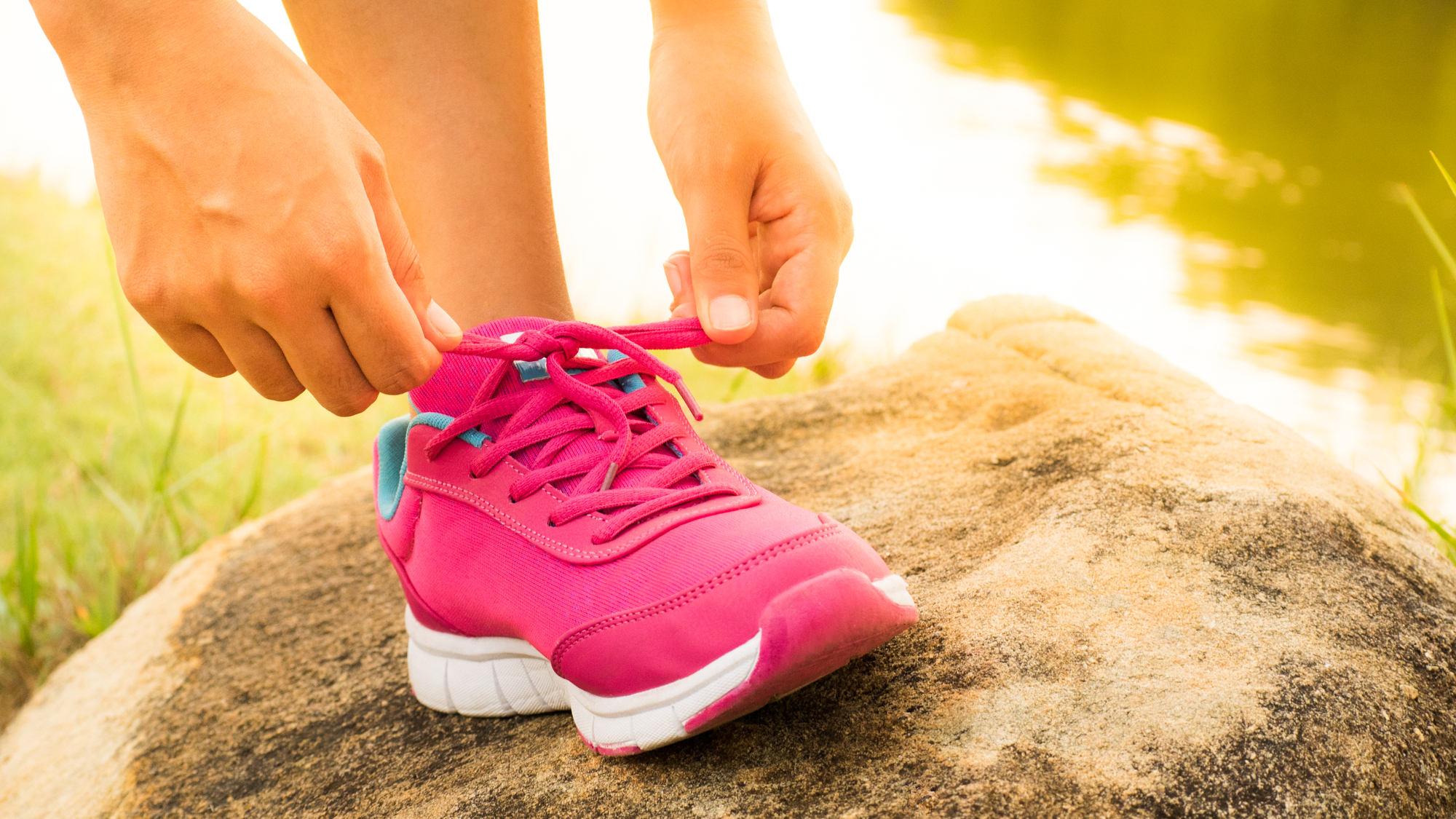
Instead of all the muscles working the appropriate amount, some of them become overactive to compensate for the inhibition of the other muscles. This can lead to problems such as plantar fasciitis, but it also can affect sports performance, as those under-used muscles are needed to perform specific motions, such as quickly changing directions in soccer or football.
Imagine if we wore a brace on our hands to force our fingers up all day every day, how good do you think this would be for our hands? Why is it so easy for us to see this when it comes to our hands, but not to our feet?
Below are some other problems we find in most of the common footwear:
Too Much Cushion and / or Support
Have you heard someone saying, “I love those shoes, it feels like I’m stepping on a cloud”? Over the years, it has somehow become commonly accepted that our shoes must have a lot of cushion and support.
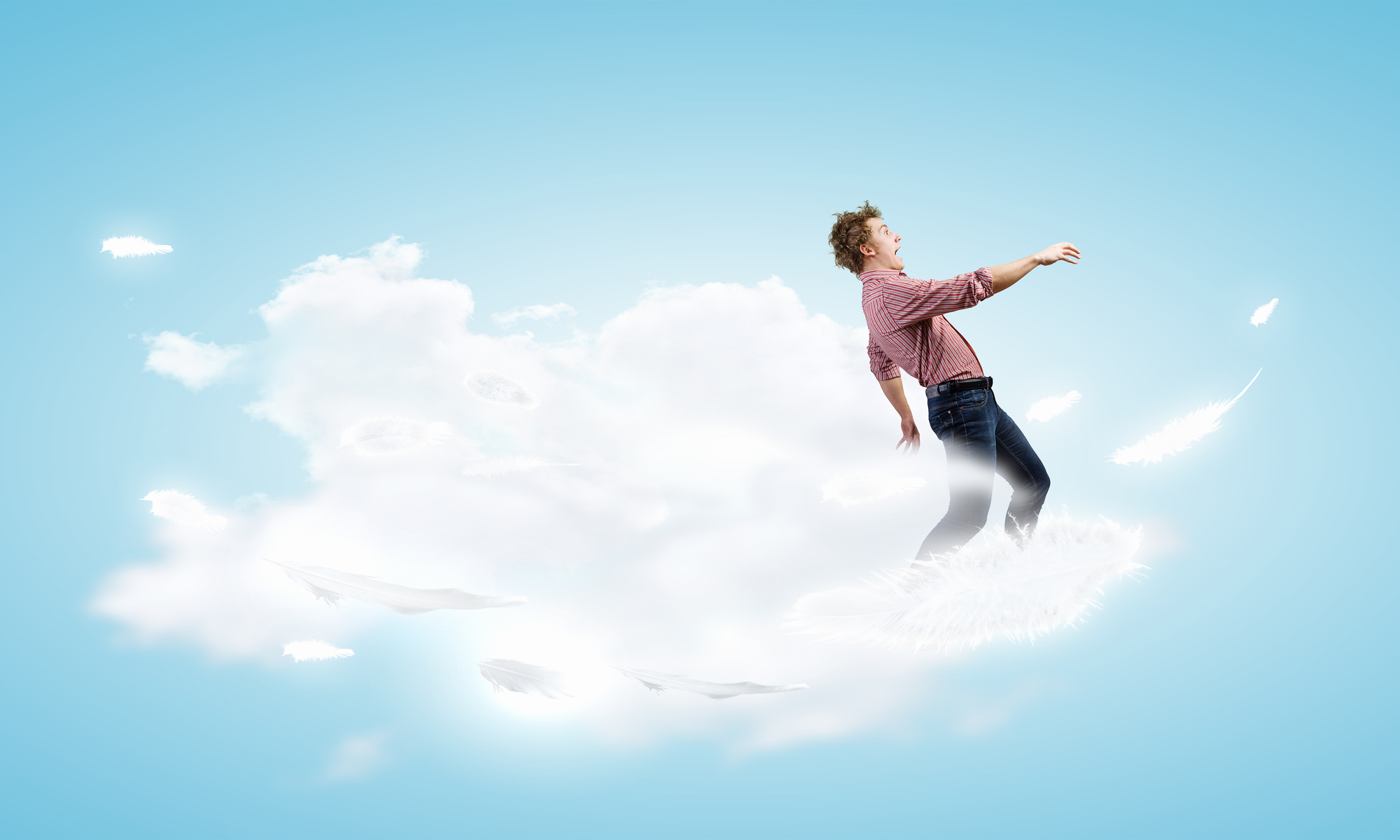
As much as it seems like a great idea to wear something comfortable because you will wear it for hours at a time, you must take into consideration the effect that it has on your feet. Our feet have 33 joints and 26 bones that need to move! They need freedom, not support. The bottoms of our feet also have a lot of sensory nerve endings that need to communicate with your brain. When we trap our feet in an overly supportive or cushioned shoe, we limit our feet from doing that.
In some of the worst cases, people wear inappropriate shoes for many, many years, and once it becomes a problem, they start using orthotics which are shoes that offer even more support for the feet, when in reality we should be having less.
Not Wide Enough
By not being wide enough our toes are jammed together and those muscles that attach to our toes are now either overactive or not working enough. Oftentimes, our big toes are forced in towards the other toes causing the big toe to lose the ability to move outwards. This small restriction affects the way we walk entirely, because if we can’t walk through the big toe, we have to walk around it and this is one of the main reasons some people walk with their feet tilted out instead of straight.
Not Flexible Enough
If when shopping for shoes you grab a pair and try to fold and twist the shoe, but it’s just too rigid, this is a problem. If the shoes are not flexible, they won’t allow our feet to have the free motion through the joints that they are supposed to; but if you are still moving, that motion must come from somewhere, right?
Our body is very good at compensating and so it always finds a way, most likely the knee or hips will pick up the slack and give us that motion. The problem with this is that these joints already have their own job to do and now they are doing the job of our feet as well.
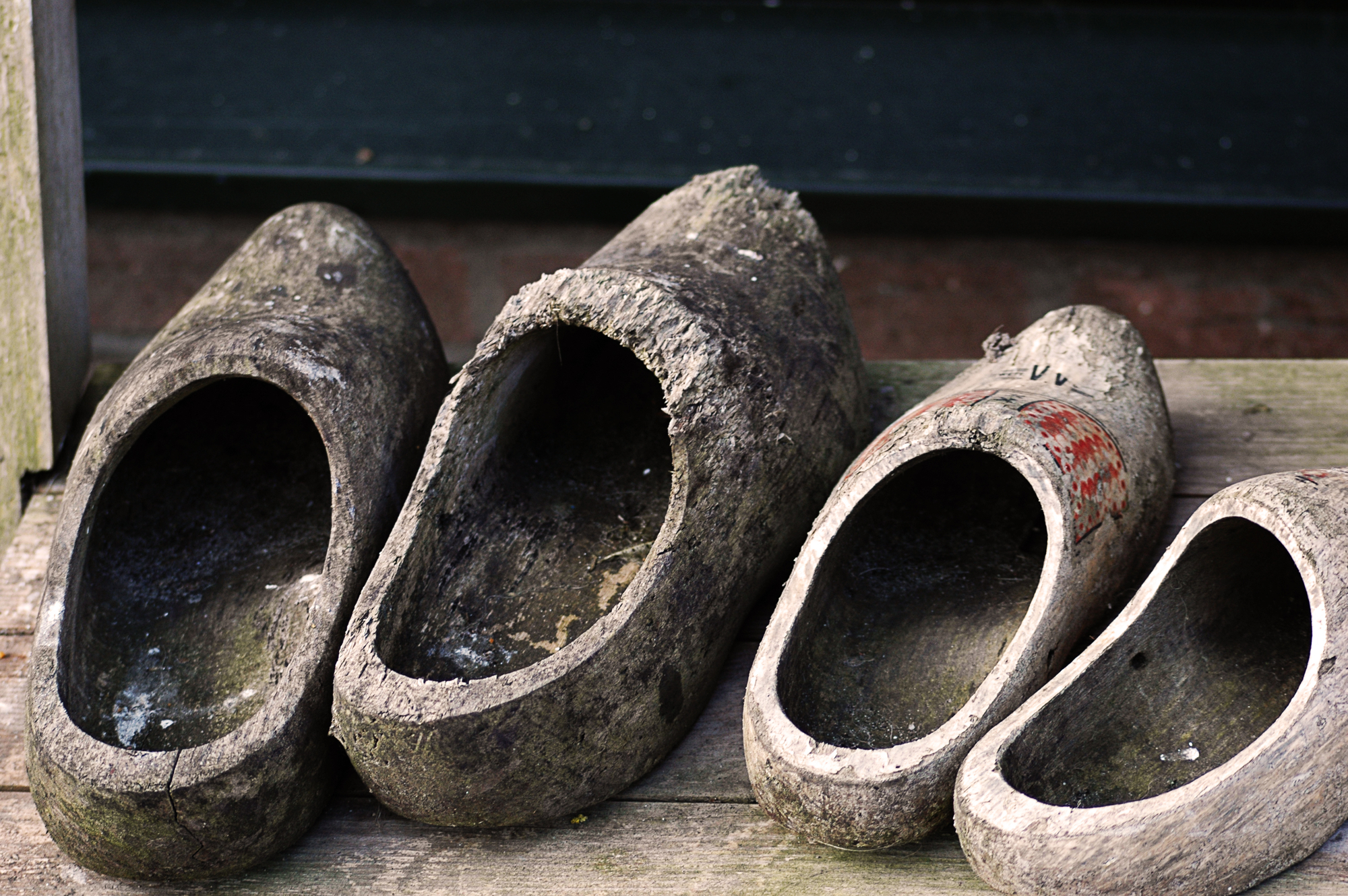
All in all, if you don’t wear the appropriate shoes, it can cause lifelong problems for your feet, knees, hips, and body mobility in general. Next time you replace your shoes, make sure they are wide enough, don’t have a toe spring up and are flexible enough to allow your feet full function.

